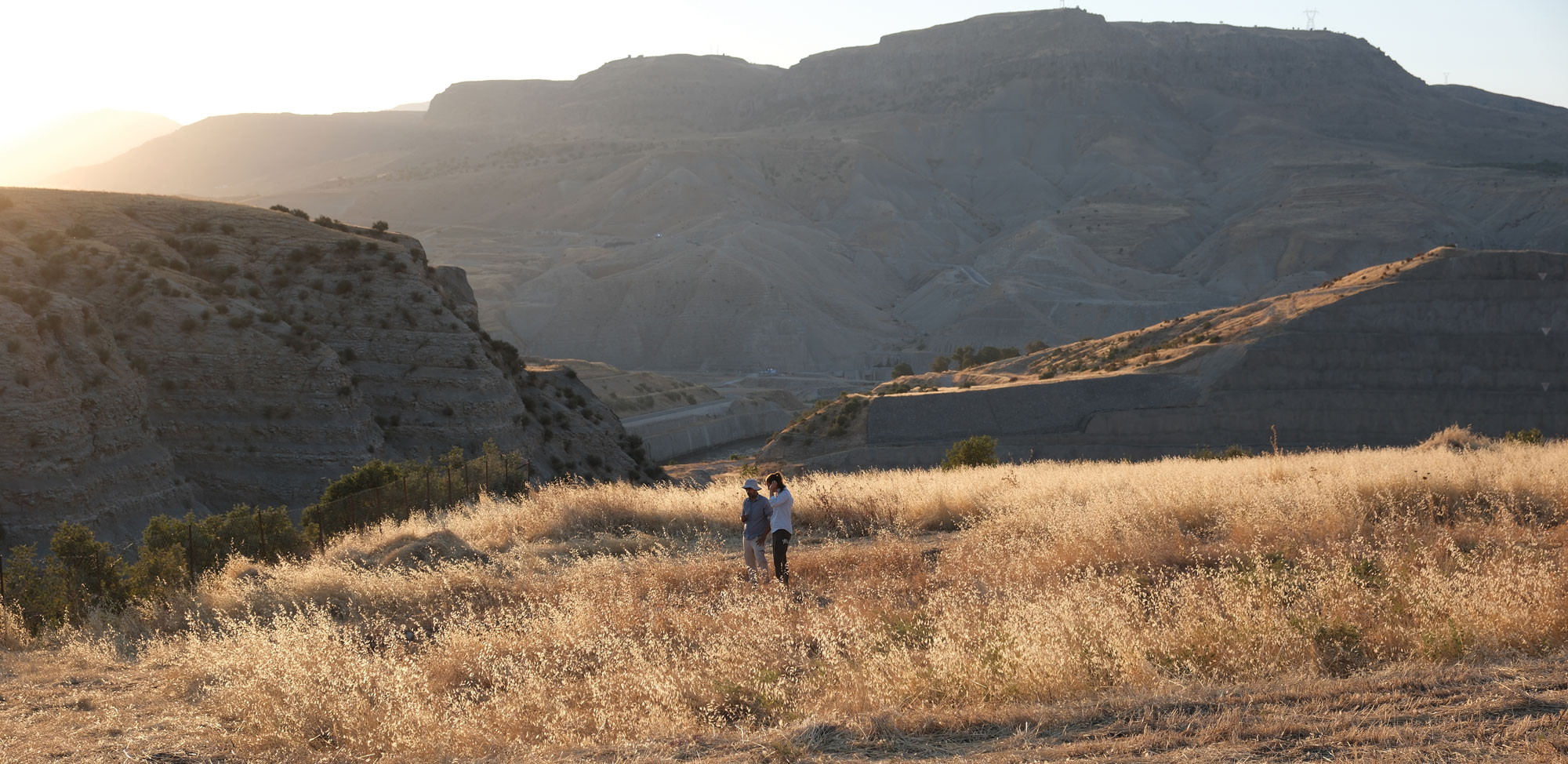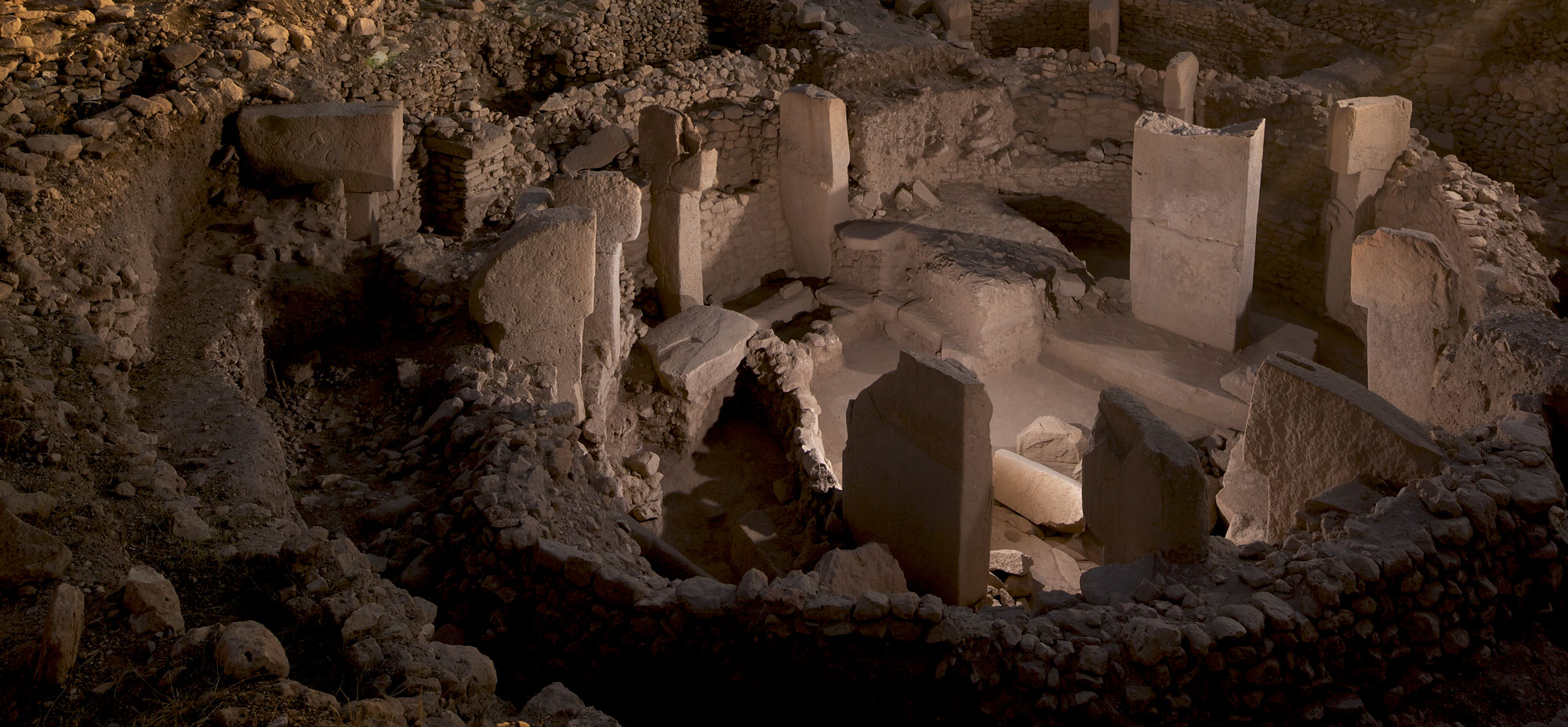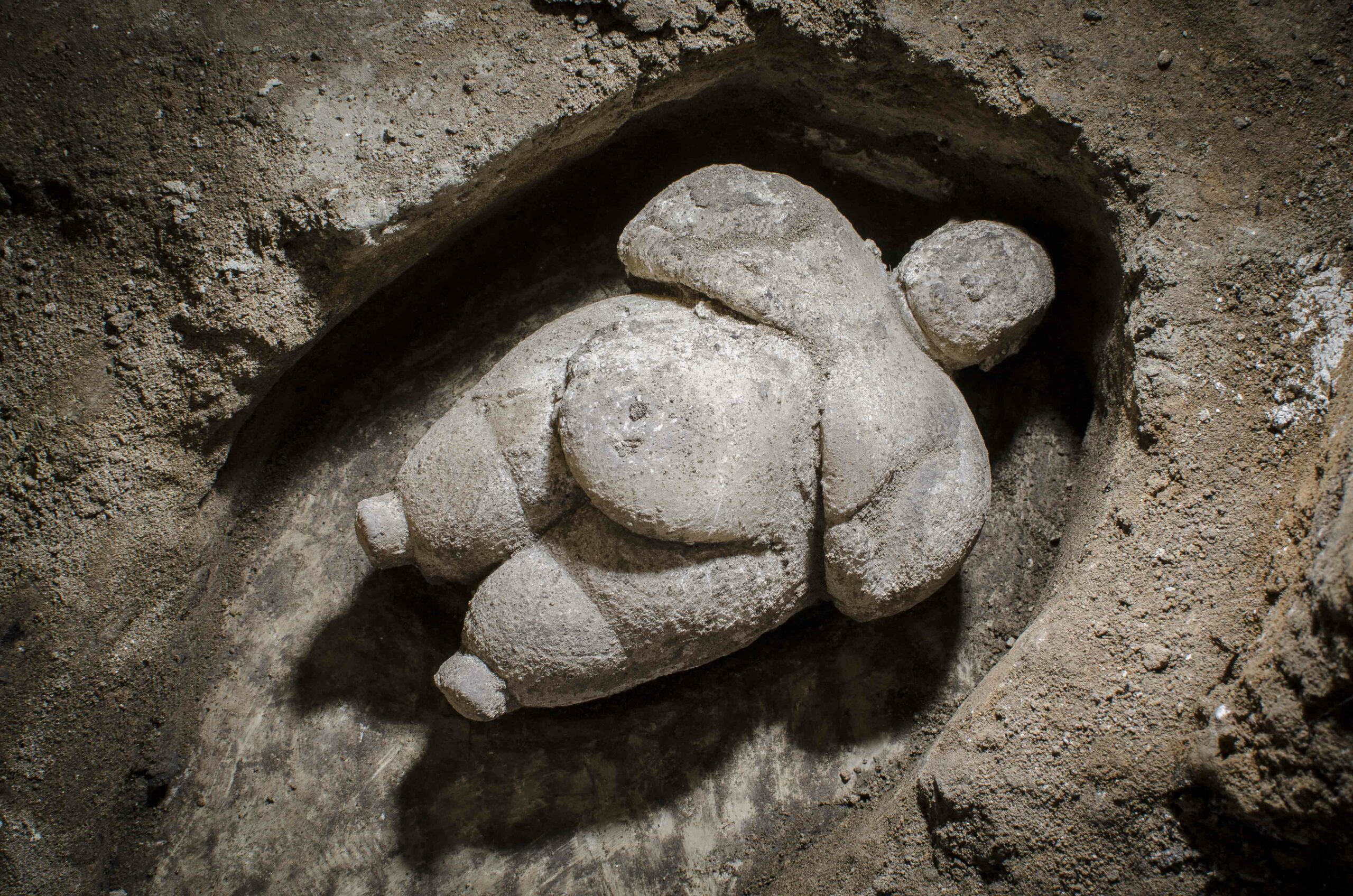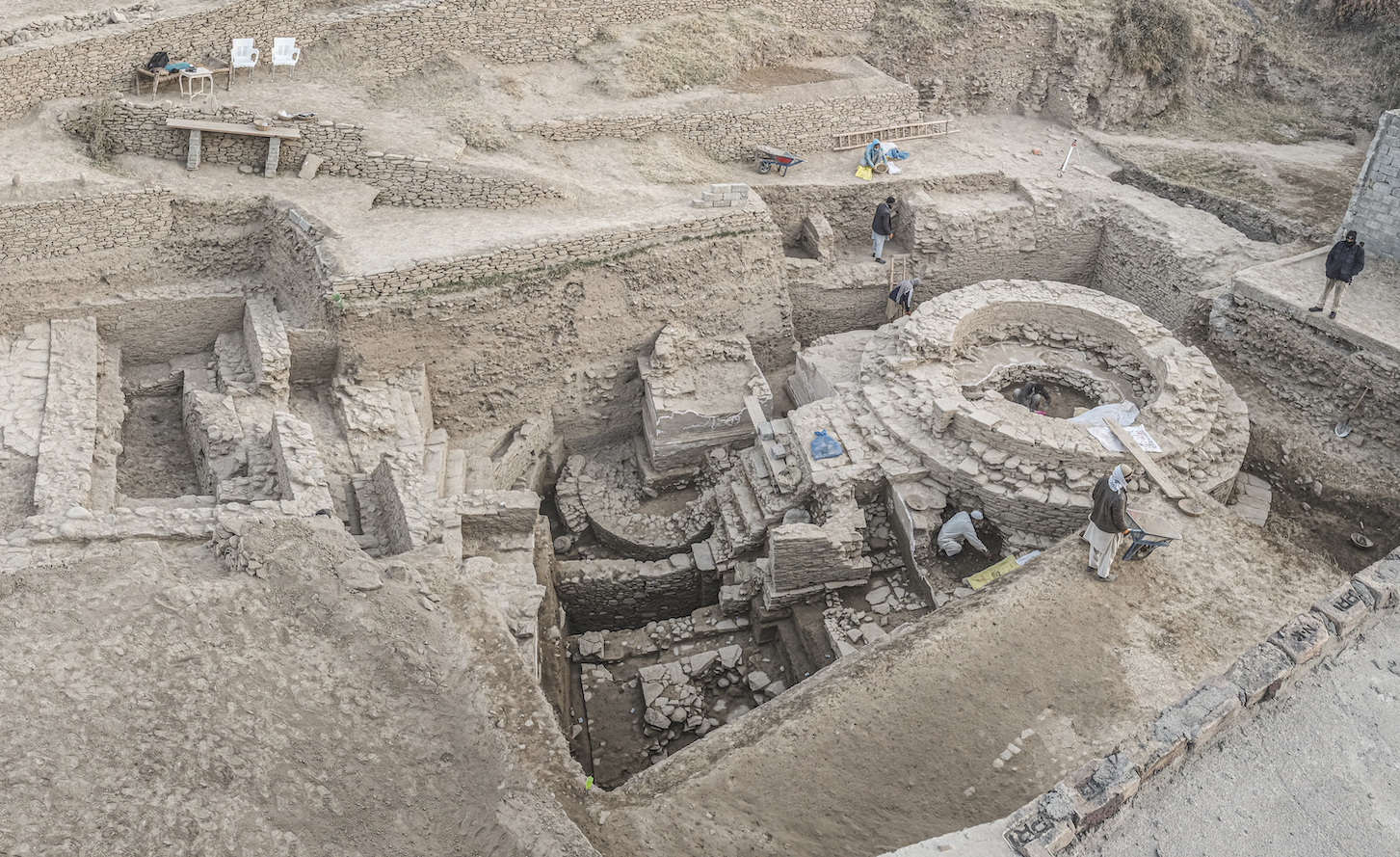
A village founded around 8,200 years ago on the banks of the Danube River in Serbia’s Iron Gates Gorge has puzzled archaeologists ever since it was excavated in the 1960s. Called Lepenski Vir, the community seemed to combine traits of local hunter-gatherer cultures of the Mesolithic period with traits of Neolithic farmers originating in Anatolia (modern-day Turkey) and Greece. Some discoveries made in the village, such as trapezoidal houses and fish-head figurines, were utterly unique to Lepenski Vir. Previous isotope analysis of skeletons uncovered at the site appeared to provide evidence that women from farming settlements to the south married into an established foraging community. This suggested that Lepenski Vir was a Mesolithic village whose inhabitants transitioned to an agricultural way of life.
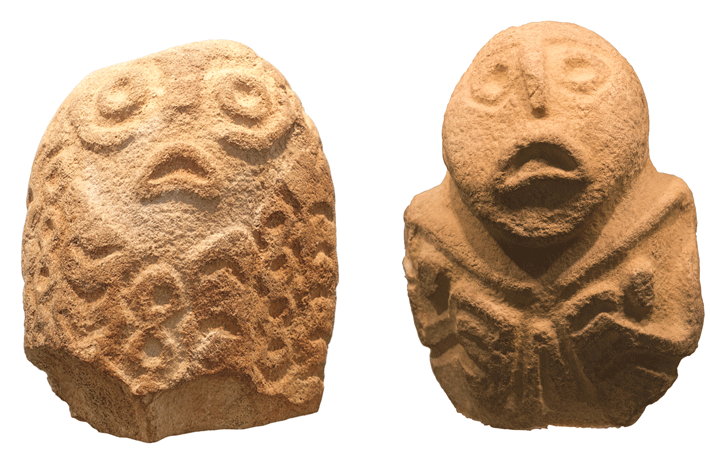
However, new research by a team including archaeologist Maxime Brami of Johannes Gutenberg University Mainz raises the possibility that the village was settled by Neolithic farmers who accepted foragers and some of their practices into their community. Recent DNA analysis of 34 skeletons uncovered at the site shows that men, women, and children with genetic profiles similar to those of Neolithic farmers from Anatolia were buried beneath homes at the site, while a few people whose DNA matches that of Mesolithic hunter-gatherers from Europe were buried on the periphery of the settlement. New analysis of isotope data previously gathered from the remains shows that those with Neolithic heritage ate fish along with cultivated foods, while the foragers at the site seem to have remained on a Mesolithic diet consisting mainly of fish. “What we think we see at Lepenski Vir is a settlement founded by farmers, who later adopted some foraging practices,” says Brami. “But foragers there did not become farmers.”



